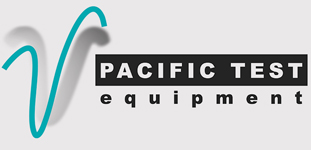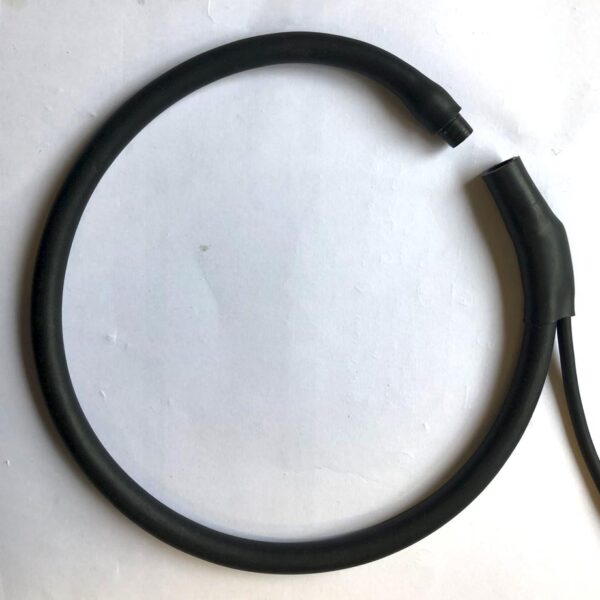Description
The Rocoil® Type 1000 flexible Rogowski coils are available in a range of lengths and cross-sectional diameters as well as in screened and un-screened versions. With a suitable electronic integrator these coils can be used to measure low currents with a resolution as low as 1mA and high currents of greater than 1MA. The Rogowski coil sensors provide complete isolation from the circuit being measured and have no effect on the current being measured even for very low-impedance circuits.
1000 Series Features
- Flexible Rogowski coil with easy push-together end location
- Rugged construction
- ‘Screw-together’ end location also available for permanent installations
- Two-layer insulation
- Internal compensation coil minimises interference from adjacent conductors
- Yellow inner layer of insulation indicates if the insulation is damaged
- Accuracy 1%
- Screened or un-screened versions available
- Good rejection of external magnetic fields
- Low cross-section ‘free end’ facilitates fitting round conductors in confined spaces
- Low sensitivity to the position of the coil within the conductor
- Available in lengths up to several metres
- Coil cross-section can be as small as 6mm
- Can be used to measure at frequencies from less than 1Hz to more than 100kHz
There are other devices that measure electric current without making electrical contact with the conductor. Many of these, including the conventional current transformer, use a ferromagnetic core and are subject to magnetic saturation effects that limit the range of currents that they can measure. A Rogowski coil, on the other hand, is ‘linear’; it does not saturate and the mutual inductance between the coil and the conductor is independent of the current. Many of the useful features of Rogowski coil systems result from their linearity.
- They have a wide dynamic range so that the same coil can be used to measure both very small and very large currents
- Calibration is easier because the coil may be calibrated at any convenient current level and the calibration will be accurate for all currents including very large ones
- Coils can be built which are very compact and can be fitted in confined spaces. They are thus very useful for retro-fit applications
Product Options
PUSH Push-together ends
SCR Screw-together ends
HIGH Higher output version (1012, 1022 coils only)
The coil specification must include the length of the coil and the length of the output cable.
Coil types are specified by a 4 – digit code:
1st : 1 – butted together ends with internal compensation coil
2nd : 0 – no screen, 1 – braid screen, 2 – foil screen
3rd : 1 – standard cross-section, 2 – small cross-section, 3 – low output
4th : 0 – no insulation, 1 – single layer of insulation, 2 – double insulation

